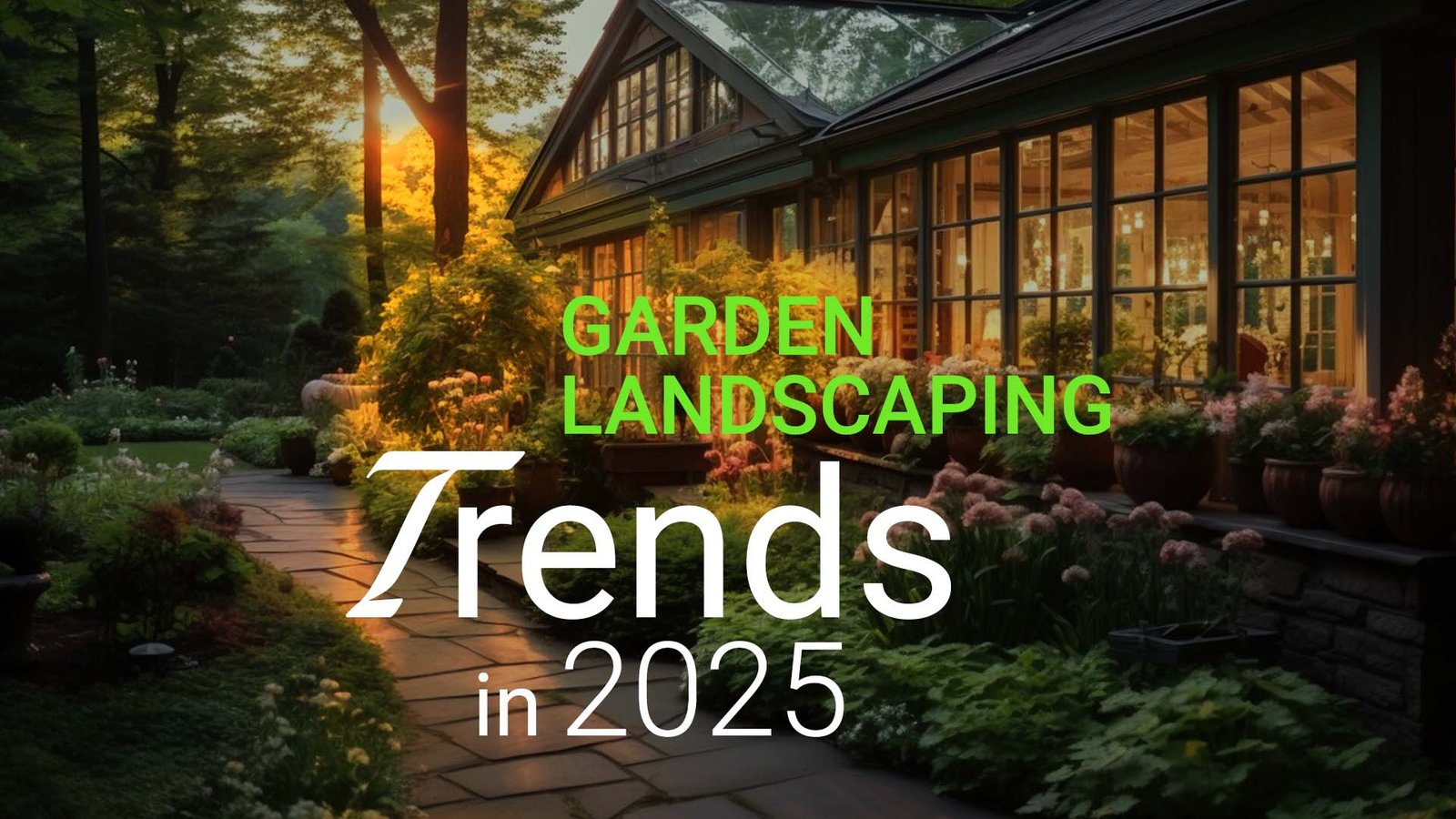- By Admin
- 27 April, 2025
- 4 min Read
Garden Landscaping Trends in 2025 You Should Try
Landscaping in 2025 isn’t just about having a good-looking yard — it's about creating a space that reflects your lifestyle, supports local ecosystems, and adapts to changing climates. Whether you're starting fresh or thinking about a backyard upgrade, these garden landscaping trends are worth exploring this year.
Here’s what’s shaping outdoor spaces across Australia — and how you can bring these ideas to life.
1. Climate-Responsive Landscaping
As heatwaves and unpredictable rainfall become more common, water-wise gardens are no longer optional — they’re essential.
What’s trending:
- Drought-tolerant native plants like Kangaroo Paw, Lomandra, and Grevillea
- Smart irrigation systems with weather-based scheduling
- Gravel or decomposed granite paths that reduce runoff
This isn’t just about sustainability; it’s about reducing maintenance while keeping your outdoor space lush all year round.
2. Edible Landscapes: Function Meets Beauty
In 2025, more homeowners are blending form and function by growing food alongside flowers. Think herbs in vertical planters or raised veggie beds that double as garden dividers.
Popular integrations:
- Mixed garden beds with rosemary, lavender, and ornamental kale
- Fruit trees used as privacy screens
- Chic chicken coops or compost bins that blend into the design
It's a great way to stay connected to nature — and your dinner ingredients.
3. Outdoor Living Spaces That Actually Get Used
Gone are the days when a patio meant a slab of concrete and a lonely BBQ. Modern landscaping in 2025 embraces full outdoor rooms tailored to how you live.
Ideas to try:
- Sunken fire pit zones with built-in seating
- Pergolas with retractable canopies and climbing vines
- Outdoor kitchens complete with prep space, lighting, and mini-fridges
If it’s inviting and practical, you’re more likely to use it — whether it’s for entertaining or your morning coffee.
4. Low-Mow, Eco-Friendly Lawns
Lawns are shrinking, but they’re not disappearing — they’re just evolving.
Smart swaps include:
- Native grass blends that require less water and mowing
- Creeping ground covers like Dichondra or native violets
- Artificial turf in compact zones (ideal for pets or shaded areas)
These choices reduce upkeep while supporting local pollinators and biodiversity.
5. Sensory Garden Elements
In 2025, landscaping goes beyond the visual. More designs are integrating sensory experiences — perfect for mindfulness, accessibility, and family-friendly spaces.
Incorporate elements like:
- Soft-textured plants and rustling grasses
- Water features for soothing sound
- Fragrant blooms like jasmine, gardenia, or lemon myrtle
This is landscaping that invites you to slow down and engage with your environment.
6. Tech-Integrated Landscaping
Technology is quietly transforming outdoor design — not with flashy gadgets, but smart solutions that make your garden easier to manage.
Examples include:
- Smart lighting systems you control from your phone
- Robot mowers for consistent, quiet trimming
- Weather-based irrigation that adjusts automatically
It’s all about convenience without compromising style or sustainability.
Use Cases: Who Should Try These Trends?
- Busy professionals: Low-maintenance, smart features that save time
- Families: Edible gardens, safe play areas, and interactive spaces
- Eco-conscious homeowners: Native plants, water-saving systems, and wildlife-friendly designs
- Entertainers: Comfortable outdoor zones designed for socialising
Think of your garden as an extension of your home. Before making changes, consider how you want to use the space — and what kind of atmosphere brings you joy. If you're unsure where to begin, a professional landscaper can help you visualise the possibilities, pick suitable plants for your climate, and avoid costly mistakes.

